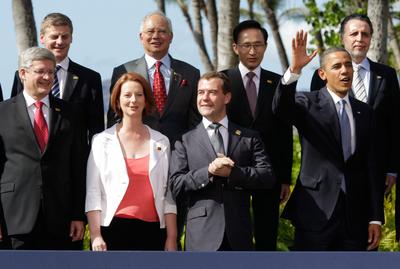It is particularly important to understand these issues in poverty-stricken areas like those of South Asia. If development outcomes are to be achieved, the link between regional integration and employment must be emphasised.
Strengthening trade and investment links will promote higher levels of regional trade. Increased regional trade will, in turn, improve the export industries of countries, promote trade-creating joint ventures, and, subsequently, generate employment. Improvements in market access, promotion of trade joint ventures, decreasing transaction costs through trade facilitation, and improvements in the development and flow of knowledge and technology produce increases in trade and regional integration. In turn, these promote developments in export industry, and increases in investment — domestic investment caused by expanding export industries and FDI from regional and extra-regional sources — also generate employment. All of these steps improve the ability of export industries to grow, and, importantly, to specialise across a region — increasing the possibilities to take advantage of potential economies of scale.
Increased market access results from reductions in trade barriers (in a static scenario), from the incumbent scale expansion effect (in a dynamic scenario), and from the trade augmentation effect that comes from increased investment based on the perception of reduced trade barriers. Removal of trade barriers will also produce employment generation effects. A reduction in tariffs means greater market access to member countries, which produces two results. First, export growth. Second, enhanced market access will produce economies of scale as the production process becomes specialised across countries. These economies of scale will involve cost reduction and increase the competitiveness of the product overall. The effects of short-term trade diversion, if any, will be outweighed in the long run by this increased competitiveness, and the export growth and employment generation this will produce over time.
Technology and knowledge increases improve supply-side efficiency and product competitiveness. Rules of origin, less obviously, can also increase the developmental effects of trade. Appropriate rules of origin usually involve subjecting a product to serious transformation, a process that involves value-adding and, subsequently, employment generation, at a local level. Improved supply-side efficiency and product competitiveness increase the capacity of an export industry, while rules of origin can have the effect of promoting regional specialisation.
Cross-country investment flows will also strengthen trade-investment linkages. If investment policy in this context focuses on specialisation across the region, and vertical integration in specific member nations, further gains in terms of higher trade and investment flows may promote increased employment generation. This may essentially mean distributing different stages of production in a particular industry regionally.
The linkage between trade openness and employment can be examined through the effects on labour productivity. For labour productivity increases to translate into increased demands for labour depends on the possibilities for expansion of economies of scale. In the absence of scale expansion, labour productivity gains could result in a lower demand for labour per unit of output production, precisely since labour has become more productive. Thus, scale expansion becomes a crucial variable in generating positive employment effects. This means greater regional integration initiatives that ensure greater market access and subsequent opportunities for scale increases are essential. Foreign direct investment distributed according to specialised regional production networks are therefore essential for improving employment, increasing incomes and achieving development outcomes.
Ram Upendra Das is a Senior Fellow at the Research and Information System for Developing Countries, New Delhi.
This article was first published in the most recent edition of the East Asia Forum Quarterly, ‘Asia’s global impact’.

